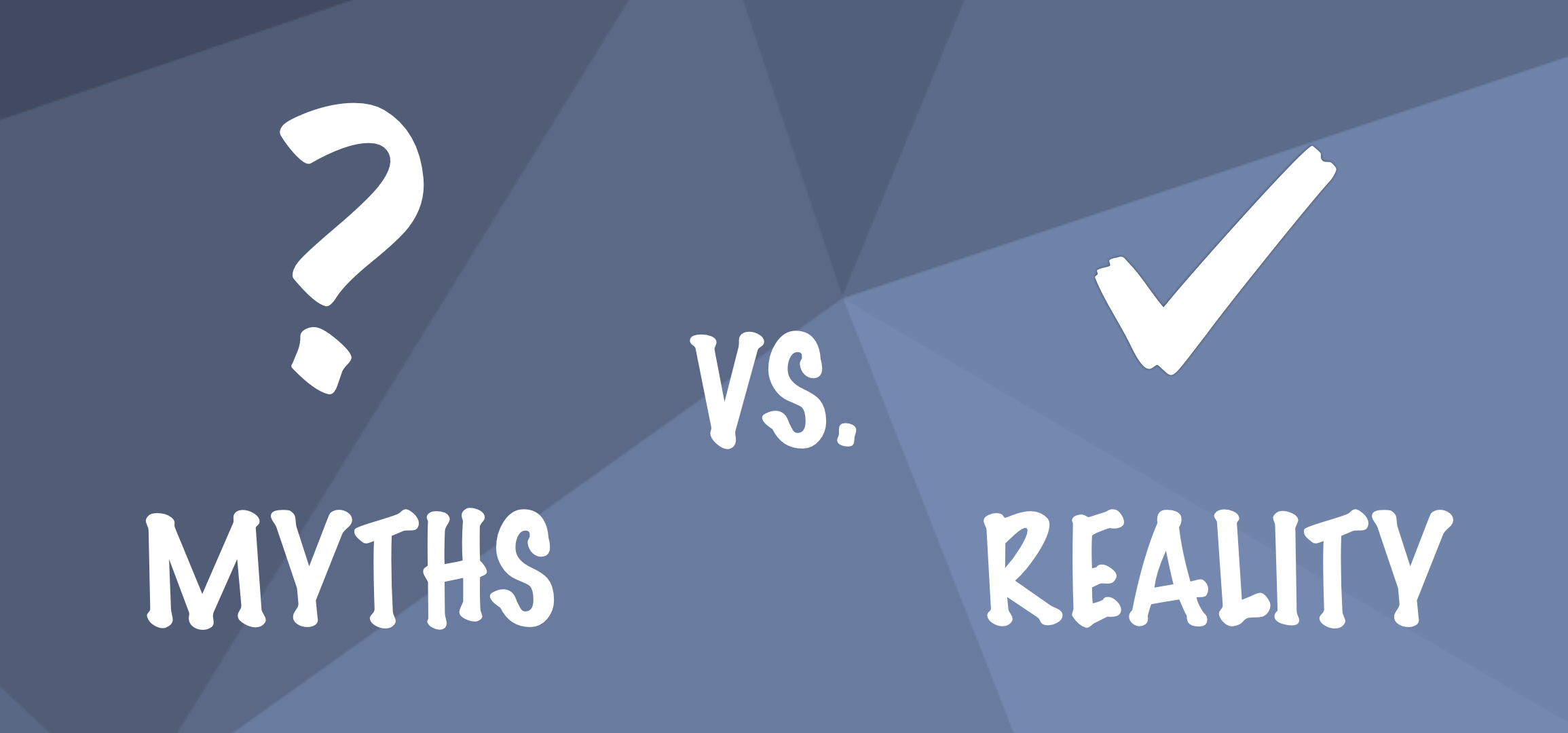
Chat Myths vs Chat Reality
11 November 2019 | Laurent Guyot
Chat has fundamentally changed the way we communicate with our family and friends. The same technology is now entering the workplace sometimes just for internal purposes (with Slack or MS teams) or with the ability to go outside of the firm, with clients, which is where our solution, Qwil comes in. There is resistance to change, to embrace new technology in the same was as when mobile phones were deployed to all employees, but once accepted, there is no turning back. It is so simple, but so disruptive at the same time.
We summarise the top 6 comments and our answers gathered over 100s of meetings and training sessions while deploying Qwil.
1. “Clients will expect me to be online all the time and to respond instantly.”
- Instant messaging does not mean instant replying 24/7. You already have BYOD email and work mobile telephones so effectively you are online.
- Terms of use also clarify positioning of acceptable usage and what will and will not be available when.
- Think about how the technology is used in our personal lives. Read receipt, availability status (user defined) are all part of how we communicate.
2. “It is yet another thing that is going to make more work more not less.”
- Chat adoption will reduce overall volume of work as other channels are naturally substituted for chat which has great efficiencies for everyone, especially when you consider the reduction in friction due to the robustness of the security.
- Think about the time you require to password protect a document to send it out (and communicate the password?) or the number of emails just to organize a meeting between 3 parties.
3. "Chat is for chatting and not business conversations.”
- Chat is a medium to communicate - to share messages and documents and images. Like email and telephony, it can be used in both personal and professional contexts equally.
- Sending a document (up to 50 MB file size) in the context of a conversation to the right person, knowing it has been received and read is a strong business case.
4. Our typical client demographic don’t use chat or won't want to use chat
- Adoption rates of chat prove that it is used by every generation, and not just “millennials”.
- People's expectations for communicating with each other are fundamentally transforming the way they expect to communicate with businesses.
- Older generations are actually more likely to be on WhatsApp (are your parents on WhatsApp? We ask) with their family than downloading a banking app on their mobile.
5. “My clients want to use WhatsApp.”
- It is key not to define the solution by the problem. You need to offer what the client needs, not what they want. Did they ask for a portal to access documents?
- Clients don’t just want chat they need chat where they can safely do execute transactions and share documents – in an efficient and safe way. This is what is fundamental to the Qwil proposition. As you don’t control the client phone (and the identity is not verified) on social chat platforms, this falls short of the level of security required.
- Another aspect which is often overlooked is what does the employee have on their side? Can they use WhatsApp also? Or another portal which connects to WhatsApp. For a tool to be utilized fully, the same convenience has to be offered to all.
6. “Qwil needs to be in our app as clients don’t want a separate app.”
- Fact - secondary function of apps do not get used as there is too much friction. That is why Facebook moved 1 billion users from Facebook to a separate Messenger app. One app does one thing well.
- We agree, clients and staff do not want to download a separate chat app per company. That is why Qwil was built as a common platform for all companies, staff and clients with coordination rules and data ownership for each.
- We have entered an age of conversation interfaces (Alexa, Siri, Chat). Apps and platforms just hold content (the balance, performance, documents) which can easily be sent to the right person upon request.
- Think of an insurance app – when do you download it? When you sign the policy or when an accident happens? Should it really be a separate app?